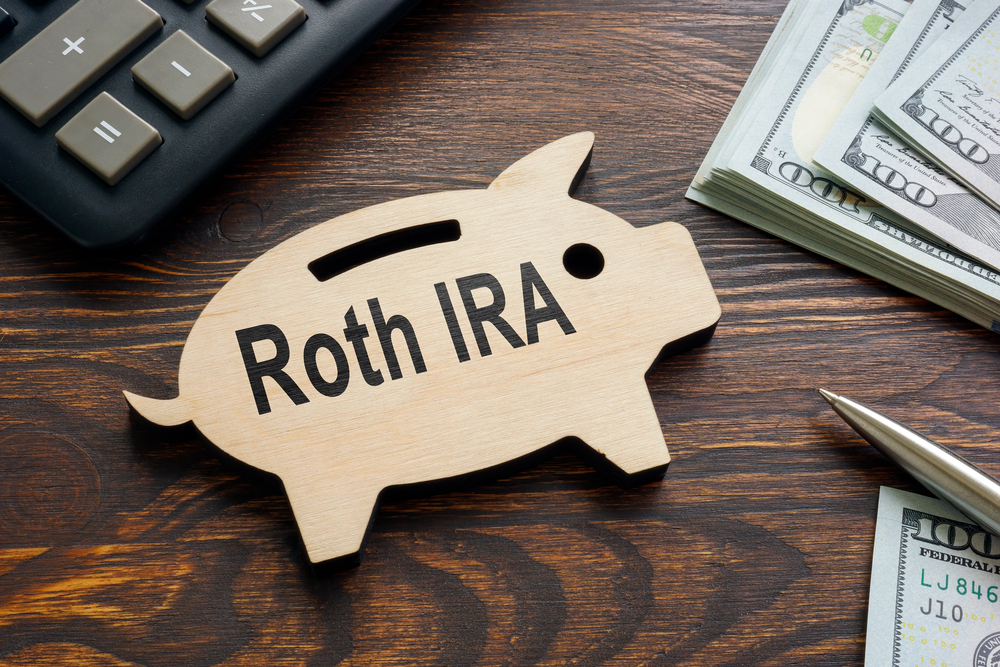Selecting the right financial tool for long-term growth often leads to the discussion of IUL vs. Roth IRA. Both options offer tax advantages but serve different purposes, making the choice highly dependent on personal financial goals and risk tolerance.
Realizing how these strategies work can clarify the best path forward.
IUL Vs. Roth IRA: First, the IUL
An IUL (Indexed Universal Life) policy has a cash value component that grows based on stock market index performance. Unlike traditional whole life insurance, the cash value in an IUL has the potential for greater growth without direct market participation.
This allows policyholders to take advantage of market upswings while being shielded from losses during downturns.
IULs offer flexibility in premium payments and death benefits. Policyholders can adjust contributions based on financial needs, making it an appealing option for those who want a blend of protection and accumulation.
The cash value can be accessed through loans or withdrawals, offering an alternative stream of tax-free income in retirement if structured correctly. However, fees and cap rates on returns can limit possible growth, making it a good idea to weigh these all things considered.
Breaking Down the Roth IRA
A Roth IRA allows qualified withdrawals to be tax-free because it’s a retirement savings account funded with after-tax dollars. This structure makes it attractive for those expecting higher tax rates in retirement.
Unlike traditional IRAs, Roth accounts do not have required minimum distributions (RMDs), providing more flexibility in accessing funds.
Roth IRAs offer a broad range of investment options, including stocks, bonds, and mutual funds. Growth within the account is tax-free, and contributions can be withdrawn anytime without penalties. However, earnings on investments must meet specific holding periods and age requirements to avoid taxation.
Contribution limits apply, and high-income earners may face restrictions on direct contributions, though self-directed IRAs can provide added flexibility for other investments.
Comparing Growth Potential
One of the biggest differences between these strategies is in growth potential and risk exposure. An IUL’s cash value benefits from index-linked returns but is subject to caps that can restrict earnings.
However, it also includes a floor, so that losses are avoided in a market downturn. In contrast, a Roth IRA has no cap on gains but is fully exposed to market risk, which can lead to greater volatility.
For those who prefer a predictable growth pattern, IULs may seem appealing due to their downside protection. Investors comfortable with market fluctuations may favor the unlimited growth potential of a Roth IRA.
Analyzing individual risk tolerance helps figure out which option lines up best with long-term goals.
Tax Treatment and Withdrawal Considerations
Both options provide tax advantages but in different ways. Roth IRA contributions are taxed upfront, allowing tax-free withdrawals later. IULs, on the other hand, offer tax-deferred growth, and policyholders can access cash value through loans without triggering taxable events.
However, improper structuring of an IUL loan can result in unexpected tax liabilities, while Roth IRAs have clearer tax rules.
Withdrawals from a Roth IRA before age 59½ may incur penalties unless exceptions apply. IUL policyholders can access funds earlier through loans without penalty, making it a useful tool for those who need liquidity before retirement age.
However, borrowing from an IUL can reduce death benefits and long-term accumulation.
Costs and Fees Associated with Each Strategy
Roth IRAs generally have lower costs since they consist of self-managed investment accounts with minimal administrative fees. Investors can control expenses by selecting low-cost funds. This avoids high management fees that could eat into returns.
IULs, by contrast, include insurance costs, administrative fees, and potential surrender charges. While these expenses can be offset by tax advantages and market-linked growth, they must be considered when comparing long-term returns.
The complexity of an IUL contract also requires careful review to realize how charges impact policy performance.
Estate Planning and Wealth Transfer
For those prioritizing estate planning, IULs offer advantages by providing a tax-free death benefit to beneficiaries. This feature makes them attractive for legacy planning because the proceeds do not go through probate and can be used to protect family wealth.
Roth IRAs can also be used for wealth transfer, but beneficiaries must follow distribution rules that can accelerate withdrawals. This means heirs may face limitations on how long they can stretch tax-free growth.
However, since Roth IRAs do not require RMDs, account holders can allow funds to grow indefinitely if they do not need to access them during retirement.
Liquidity and Access to Funds
Liquidity differs between these two options. Roth IRA contributions (but not earnings) can be withdrawn anytime without penalties, offering flexibility for those who may need access to funds before retirement.
IULs offer liquidity through policy loans, which do not trigger taxes but must be repaid to maintain the policy’s stability. Unlike Roth IRAs, borrowing from an IUL can reduce future benefits, making it necessary to manage withdrawals strategically.
Which Strategy Works Best?
The choice between a Roth IRA vs. IUL depends on financial priorities. Those looking for tax-free retirement income and investment growth may prefer the Roth IRA, while individuals focused on life insurance protection and flexible loan access might lean toward an IUL.
High-net-worth individuals looking for additional estate planning benefits may find an IUL’s death benefit appealing, while Roth IRAs remain a solid choice for tax-efficient retirement savings.
For investors who want even greater control over retirement investments, self-directed IRAs provide an opportunity to diversify into real estate, private equity, or other non-traditional assets. This option allows greater flexibility beyond standard Roth IRA investment choices.
Nevada Trust Company®: Trusted Guidance for Wealth Planning
Nevada Trust Company® knows that choosing between IULs, Roth IRAs, and other financial tools requires a vast knowledge of tax implications and long-term financial goals. Our team has decades of experience helping clients deal with complex financial situations.
We work closely with individuals and businesses to personalize strategies that are in keeping with unique wealth preservation objectives.
We also specialize in custody and escrow services, making sure that assets are managed with precision and security. Our independent structure allows us to provide personalized advice without conflicts of interest. Contact us today for solutions that support financial security.





